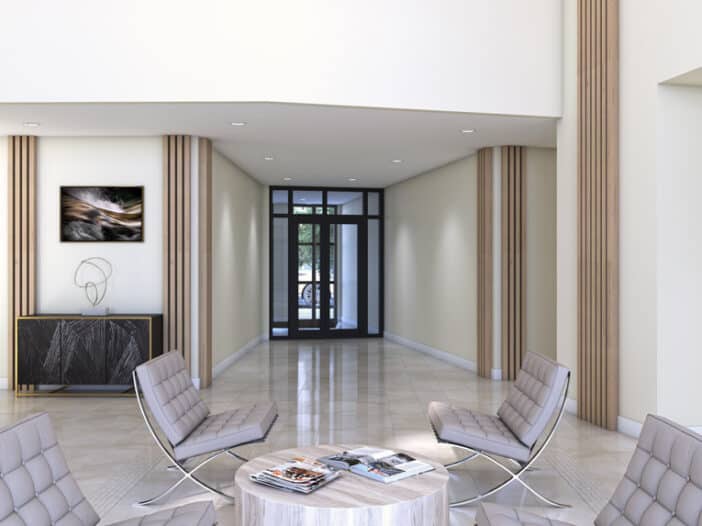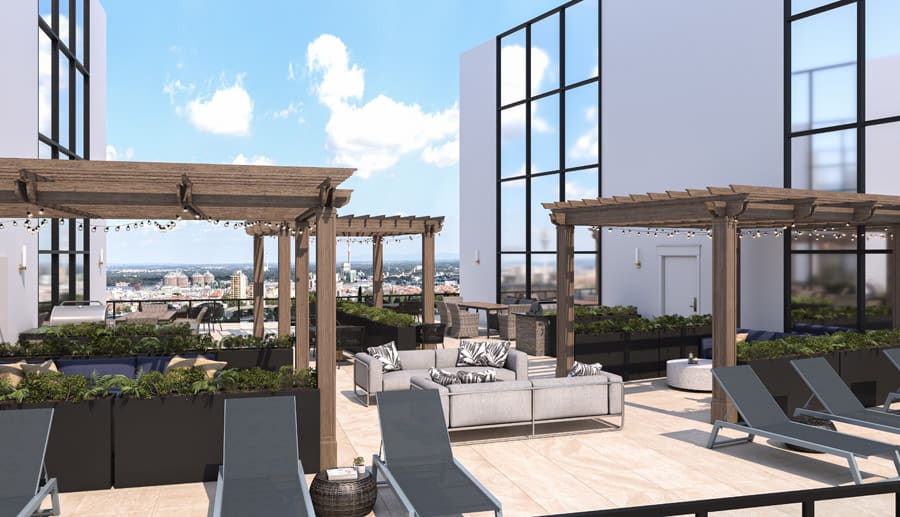
The role of 3D architectural visualizations in sustainable design and energy-efficient building is crucial in the effort to create more environmentally responsible and energy-efficient structures.
3D architectural visualizations allow architects, engineers, and builders to test and visualize a building’s energy performance before it is built, enabling them to make informed decisions about improving its energy efficiency. In this way, 3D rendings can play a vital role in reducing energy consumption and the carbon footprint of buildings.

One of the main benefits of using 3D architectural visualizations in the design process is the ability to test and simulate a building’s energy performance in real time. For example, they can visualize how the sun’s angle affects the building’s energy consumption and make adjustments accordingly. They can also see how different materials and insulation options will impact the building’s energy efficiency and make changes accordingly.
Another important aspect of 3D architectural visualization in sustainable design is the ability to evaluate the impact of a building on the environment. For example, a 3D model can show how a building’s shading and orientation will impact the surrounding area and how the building will affect local wind patterns. This is particularly important in designing energy-efficient buildings, as the ability to understand and evaluate the impact of a building on the environment is essential in reducing its carbon footprint.
3D architectural visualizations can also be used to test and optimize building systems and technologies, such as heating, ventilation, and air conditioning (HVAC) systems, and how they impact the building’s energy performance. This allows architects and engineers to make informed decisions about the systems and technologies that will be used in the building and optimize their performance to reduce energy consumption. In addition, 3D visualizations can be used to test and optimize the integration of renewable energy systems into a building’s design, such as solar panels or wind turbines. This is particularly important in designing sustainable buildings, as the ability to test and optimize the performance of these systems is also crucial in reducing the building’s carbon footprint.
Another important aspect of 3D architectural visualization in sustainable design is the ability to communicate the design and energy performance of a building to clients, stakeholders, and the public. A 3D model provides a clear and intuitive representation of a building’s design and energy performance, allowing stakeholders to see and understand how the building will function in real-life conditions. This helps to build trust and confidence in the design and construction of a building, and enables stakeholders to make informed decisions about its sustainability and energy efficiency. In addition, 3D visualizations can be used to educate the public about the importance of sustainable design and energy-efficient buildings, and raise awareness of the impact that buildings have on the environment.
In conclusion, the role of 3D architectural visualizations in sustainable design and energy-efficient building is essential in the effort to create more environmentally responsible and energy-efficient structures.

